Guaranteed Delivery
by Mother’s Day
on orders placed through May 2
Guaranteed Delivery by Mother’s Day
on orders placed through May 2
on orders placed through May 2
on orders placed through May 2
SAVE 15% OFF your order
(Use code LOVE)
FREE SHIPPING when you spend $100 (Continental US Only)
FREE 9″ Beech Bowl when you spend $150 (Use code SPRING)
SAVE 15% on all orders (Use code LOVE)
FREE SHIPPING when you spend $100 (Continental US Only)
FREE 9″ Beech Bowl when you spend $150 (Use code SPRING)
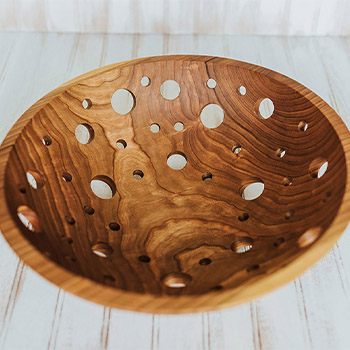
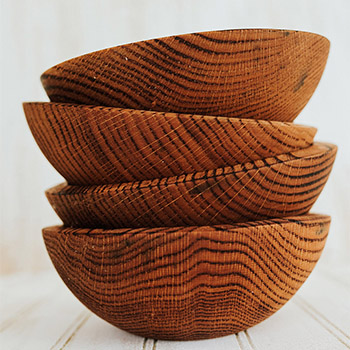
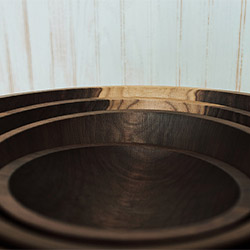
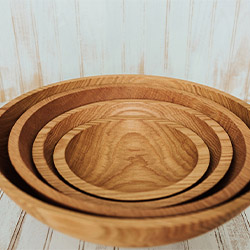
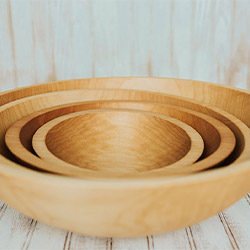
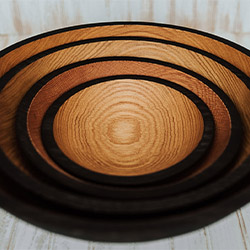
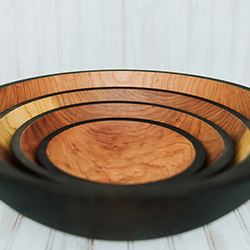
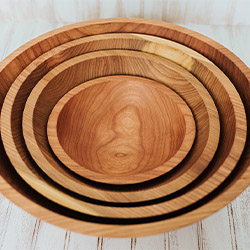
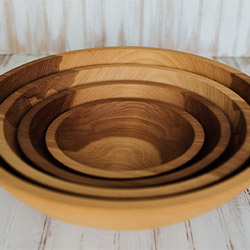


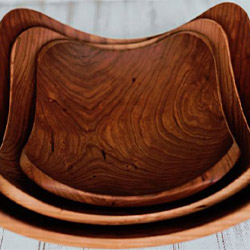
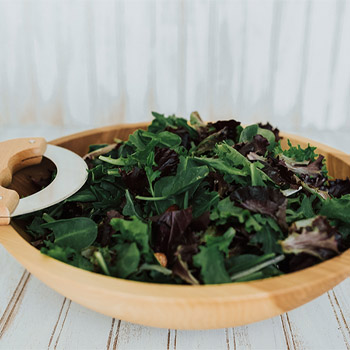

Share
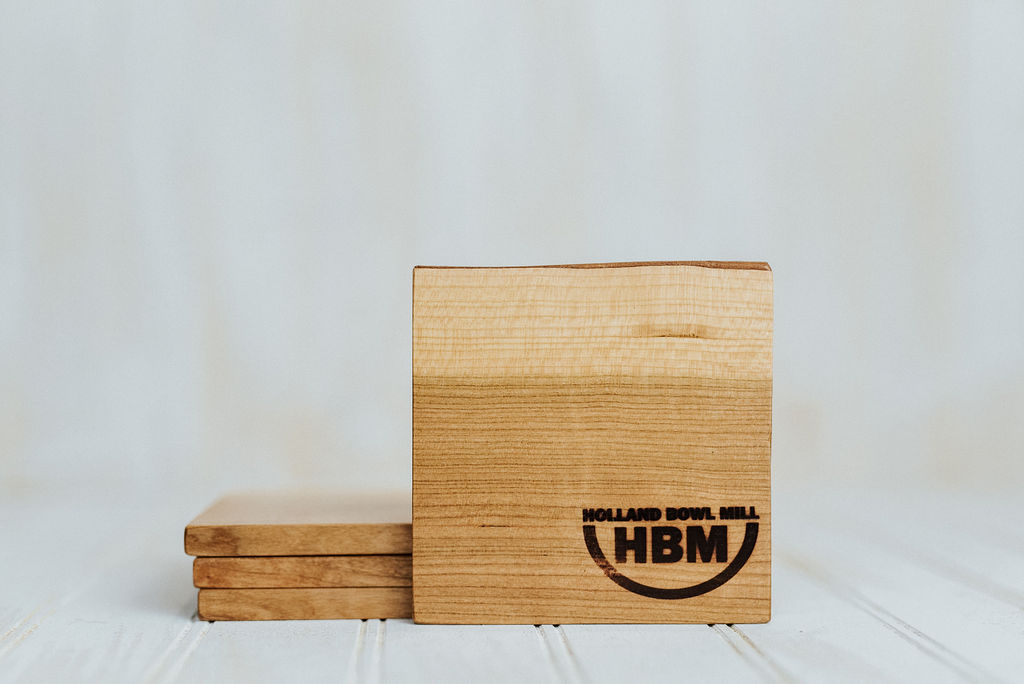
You’ve invested in a beautiful set of wooden utensils, but now you’re worried about keeping them in pristine condition. Cracks in wooden utensils can not only be unsightly, but they can also compromise their functionality.
Luckily, there are some simple and effective tips that can help you prevent cracks and ensure the longevity of your wooden utensils. From choosing the right wood to repairing small cracks promptly, this discussion will provide you with the top 10 tips to keep your wooden utensils crack-free.
So, let’s dive in and discover how you can protect your beloved wooden utensils for years to come.
To prevent cracks in your wooden utensils, it’s crucial to choose the type of wood you use carefully. When it comes to selecting the right wood for your utensils, it’s important to consider both the durability and the aesthetic appeal. You want your utensils to not only last for a long time but also enhance the overall look and feel of your kitchen.
One of the best types of wood for utensils is maple. Maple wood is known for its strength and durability, making it less prone to cracking or splitting. It’s also naturally resistant to moisture, which is essential for wooden utensils that come into contact with water frequently. Plus, maple wood has a beautiful grain pattern that adds a touch of elegance to your kitchen.
Another great option is cherry wood. Cherry wood has a warm, reddish-brown color that adds a rustic and inviting feel to your utensils. It’s also known for its strength and resistance to cracking. Like maple, cherry wood is less likely to absorb moisture, making it a suitable choice for long-lasting wooden utensils.
If you’re looking for a more exotic option, consider using olive wood. Olive wood is highly durable and has a unique grain pattern that varies from piece to piece, giving your utensils a one-of-a-kind look. It’s also resistant to cracking and has natural antimicrobial properties, making it a hygienic choice for your kitchen.
To properly season your wooden utensils, there are a few key points to keep in mind.
First, moisture control techniques are crucial to prevent cracking and warping.
Second, establish a regular oiling routine to maintain the wood’s moisture content and enhance its durability.
Finally, make sure to store your utensils in a proper manner, away from excessive heat or moisture, to further protect them from damage.
Properly season your wooden utensils to ensure they resist cracks and maintain their durability.
Moisture control techniques are crucial in preventing cracks and preserving the quality of your wooden utensils. One effective method is to apply a thin layer of food-grade mineral oil on the utensils. This oil acts as a barrier, preventing moisture from seeping into the wood. Make sure to coat the utensils evenly, including the handles and any exposed areas.
Additionally, avoid soaking the wooden utensils in water for extended periods. Instead, wash them quickly with gentle dish soap and warm water, ensuring they’re thoroughly dried afterward.
Lastly, store your wooden utensils in a well-ventilated area, away from direct sunlight and excessive humidity. By following these moisture control techniques, you can extend the lifespan of your wooden utensils and enjoy their reliable performance for years to come.
Ensure the longevity and durability of your wooden utensils by incorporating a regular oiling routine. By properly seasoning your wooden utensils, you can prevent cracks and ensure they remain in excellent condition for years to come.
Here are three essential steps to follow in your oiling routine:
After incorporating a regular oiling routine to prevent cracks in your wooden utensils, the next crucial step is to consider proper storage methods to ensure their longevity.
Properly seasoning your wooden utensils is essential before storing them. Start by washing and drying them thoroughly. Then, apply a thin layer of food-grade mineral oil or beeswax to the entire surface of the utensils, including the handles. Make sure to rub the oil or wax in a circular motion, allowing it to penetrate the wood. Let the utensils sit for a few hours or overnight to allow the seasoning to fully absorb.
Finally, store the utensils in a dry and well-ventilated area away from direct sunlight and heat sources.
To prevent cracks in your wooden utensils, be mindful of avoiding extreme temperature changes. Sudden shifts in temperature can cause the wood to expand or contract rapidly, leading to cracks and damage.
Here are three important tips to help you protect your beloved wooden utensils:
To maintain the quality of your wooden utensils and prevent cracks, it’s important to regularly moisturize the wood. Just like our skin needs moisture to stay healthy and supple, wooden utensils also require proper care to remain in good condition. Moisturizing the wood helps to prevent it from drying out, which can lead to cracks and splits. By following a simple moisturizing routine, you can ensure that your wooden utensils last for a long time and continue to serve you well.
One effective way to moisturize your wooden utensils is by applying oil or wax to the surface. This helps to seal the wood and lock in moisture, preventing it from drying out. There are different types of oils and waxes that you can use, such as mineral oil, beeswax, or food-grade oils like coconut or olive oil. These oils not only moisturize the wood but also provide a protective barrier against water and stains.
Here is a table that shows different types of oils and waxes you can use to moisturize your wooden utensils:
| Type of Oil/Wax | Benefits |
|---|---|
| Mineral oil | Odorless and tasteless, safe for food contact |
| Beeswax | Provides a natural protective coating |
| Coconut oil | Naturally antibacterial and has a pleasant aroma |
| Olive oil | Easily accessible and has moisturizing properties |
You can ensure the safety of your wooden utensils by using a food-safe oil or wax finish. Applying a food-safe finish not only enhances the appearance of your utensils but also protects them from cracks and damage.
Here are three reasons why using a food-safe oil or wax finish is beneficial:
After applying a food-safe oil or wax finish to your wooden utensils, the next step to prevent cracks is to hand wash them instead of using a dishwasher. When it comes to taking care of your wooden utensils, using a dishwasher might seem like a convenient option, but it can actually be detrimental to their longevity. By hand washing your wooden utensils, you can ensure that they remain in good condition for a longer time.
Firstly, using a dishwasher exposes your wooden utensils to high temperatures and harsh detergents. These factors can strip away the protective oil or wax finish that you painstakingly applied, leaving your utensils vulnerable to cracks and damage. By hand washing, you have more control over the water temperature and the type of soap you use. You can opt for mild dishwashing soap and lukewarm water, which are gentle on the wooden surface.
Secondly, the dishwasher’s high water pressure can cause wooden utensils to bump into each other or against other dishes, leading to potential cracks. Hand washing allows you to individually handle each utensil with care, minimizing the risk of accidental damage. Additionally, wooden utensils may absorb excessive water in the dishwasher’s heat and humidity, which can cause them to swell and eventually crack. By hand washing, you can ensure that your utensils dry properly and avoid any unnecessary moisture absorption.
Lastly, hand washing your wooden utensils creates a sense of connection and care. It allows you to engage with your utensils on a personal level, which can foster a deeper sense of belonging. By taking the time to wash your utensils by hand, you actively contribute to their preservation and show appreciation for the craftsmanship that went into creating them.
To prevent cracks in your wooden utensils, it’s crucial to dry them thoroughly after washing.
Air drying is the best method as it allows for natural evaporation, but if you prefer using a towel, make sure it’s clean and absorbent.
Additionally, avoid leaving any moisture on the utensils by wiping them dry before storing them properly in a well-ventilated area.
If you want to prevent cracks in your wooden utensils, make sure to dry them thoroughly after washing, either by air drying or using a towel. Properly drying your utensils is essential to maintaining their quality and preventing damage.
Here are three reasons why you should choose air drying or towel drying:
To prevent cracks in your wooden utensils, ensure that you thoroughly dry them after washing to prevent moisture absorption.
After washing your wooden utensils, it’s important to remove any excess water from the surface. This can be achieved by using a clean towel or allowing them to air dry completely.
Moisture absorption can cause the wood to expand and contract, leading to cracks and splits over time. By drying your utensils thoroughly, you minimize the risk of moisture penetrating the wood and causing damage.
Make sure to pay extra attention to crevices and joints, as water can easily get trapped there.
Ensure your wooden utensils are thoroughly dried after washing to prevent cracks and damage. Proper storage techniques are essential for maintaining the quality and longevity of your wooden utensils. Here are three tips to help you store your utensils properly:
Store your wooden utensils in a cool, dry place to prevent cracks from forming. Proper storage is crucial in maintaining the quality and lifespan of your beloved wooden utensils. By following this simple tip, you can ensure that your utensils remain in excellent condition, allowing you to continue using them for years to come.
Wood is a natural material that can be affected by changes in temperature and moisture. Storing your wooden utensils in a cool environment helps to minimize the risk of cracks. Avoid placing them near heat sources such as stovetops or ovens, as the excessive heat can cause the wood to dry out and potentially crack. Instead, find a cool and shaded spot in your kitchen where the utensils can be safely stored.
In addition to temperature, moisture also plays a significant role in the health of wooden utensils. Excessive moisture can cause the wood to swell and potentially lead to cracks. It’s essential to keep your utensils in a dry environment to prevent this from happening. Avoid storing them in damp areas such as the sink or dishwasher. Instead, wipe them dry after each use and allow them to air dry completely before putting them away.
Protect your wooden utensils by avoiding prolonged exposure to sunlight. Sunlight can cause the wood to dry out and warp, leading to cracks and damage. Here are three important reasons why you should keep your wooden utensils away from direct sunlight:
To prevent further damage, promptly repair any small cracks that may develop in your wooden utensils. Taking care of your utensils is essential to ensure their longevity and maintain their beauty. Small cracks may seem harmless at first, but if left unattended, they can grow and worsen over time, making the utensils unusable. By repairing these cracks promptly, you can prevent them from spreading and preserve the integrity of your wooden utensils.
When you notice a small crack in your wooden utensils, don’t ignore it. Take immediate action to fix it before it becomes a bigger problem. Start by cleaning the utensil thoroughly to remove any dirt or debris that may be in the crack. Once clean, assess the size and depth of the crack.
If it’s a minor crack, you can use food-safe wood filler or epoxy to fill it in. Apply the filler or epoxy according to the manufacturer’s instructions, making sure to fill the crack completely. Allow it to dry, and sand it down until it’s smooth and flush with the surface of the utensil.
For slightly larger cracks, you may need to use wooden dowels or toothpicks along with the filler or epoxy. Insert the dowels or toothpicks into the crack, breaking them off flush with the surface. Apply the filler or epoxy over the dowels or toothpicks, ensuring that the crack is completely filled. Once dry, sand it down until it’s smooth and even.
Remember these essential tips to keep your wooden utensils crack-free and in top shape.
All Holland Bowl Mill bowls come with a lifetime guarantee. If your bowl ever cracks or warps from regular use, Holland Bowl Mill will replace it with a new one of similar size and finish. Never let water stand in a wood bowl for a long period of time and never clean wood bowls or any wood product in the dishwasher. Holland Bowl Mill recommends using water and a small amount of mild soap to clean your wood products, then hand dry.
No appointment needed if group is under 10.
For larger groups, call 616-396-6513 to schedule your tour.
© 2023 Holland Bowl Mill